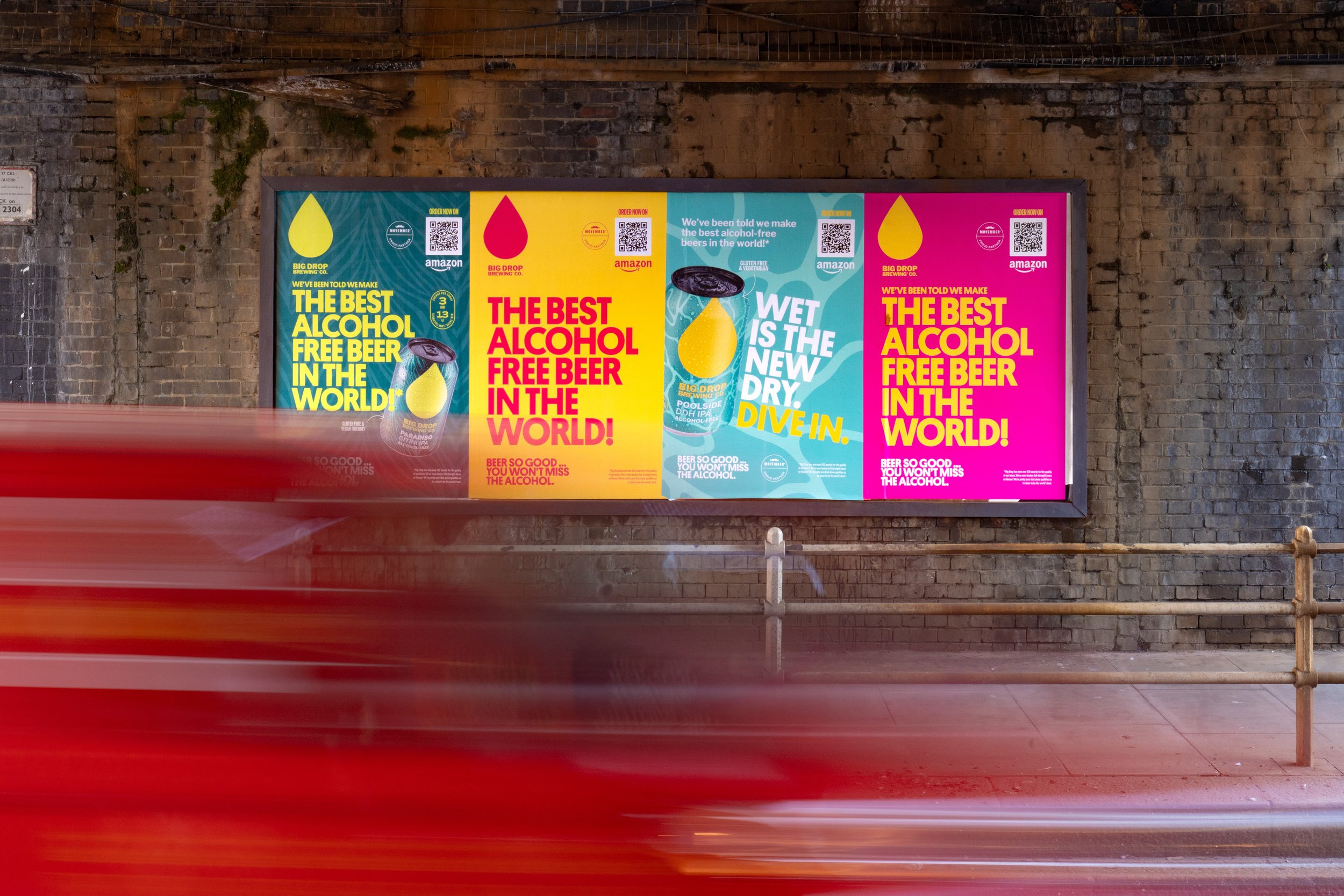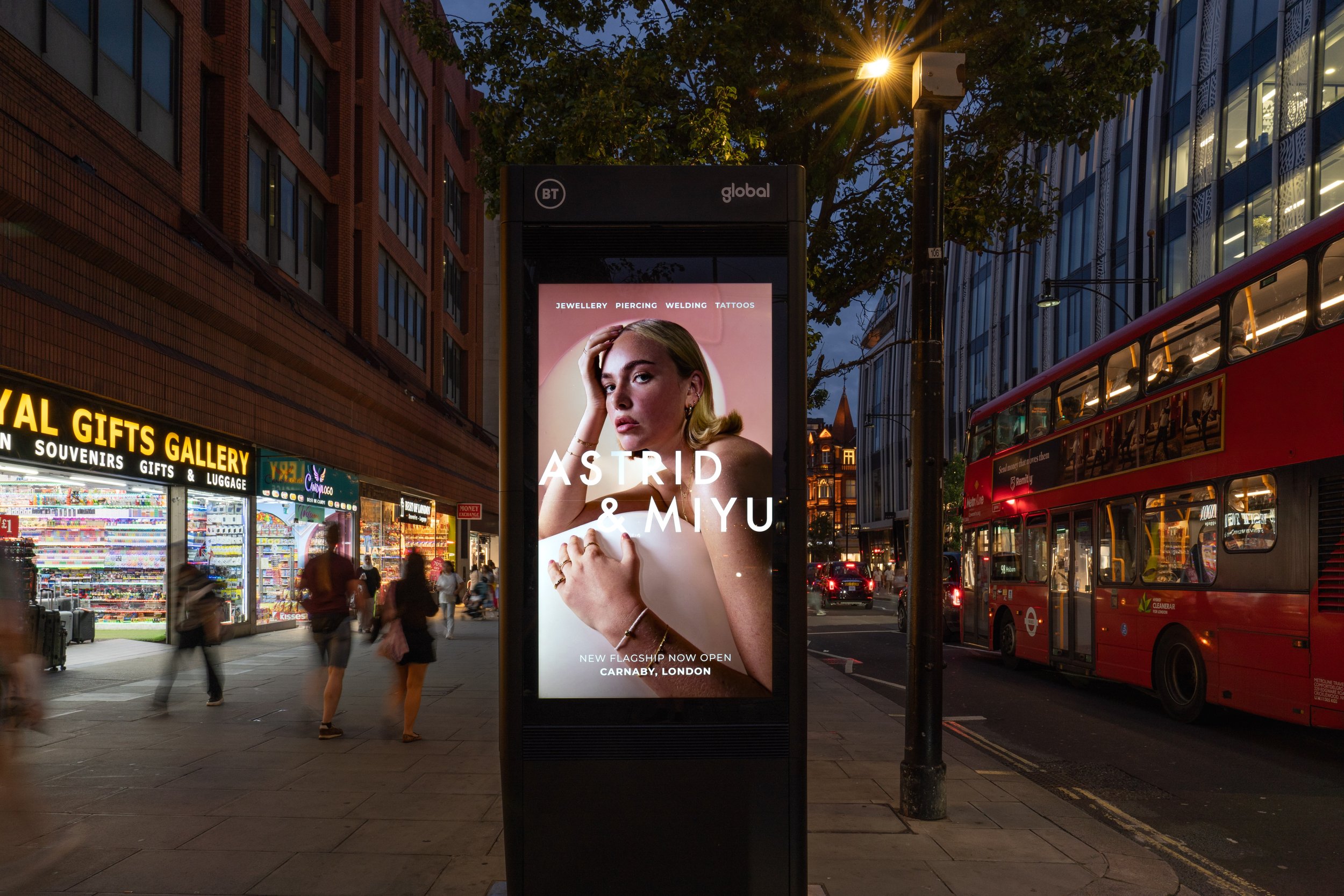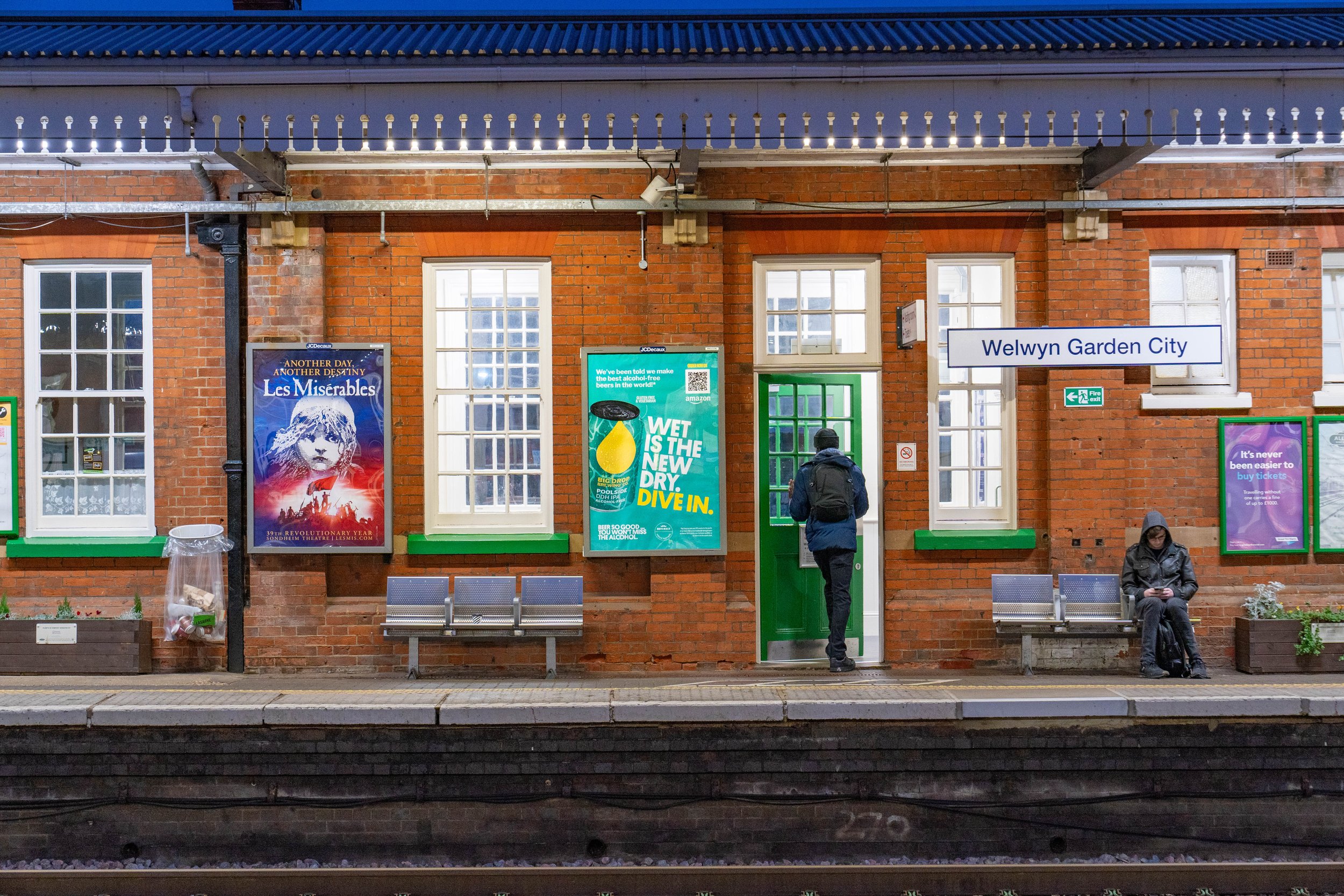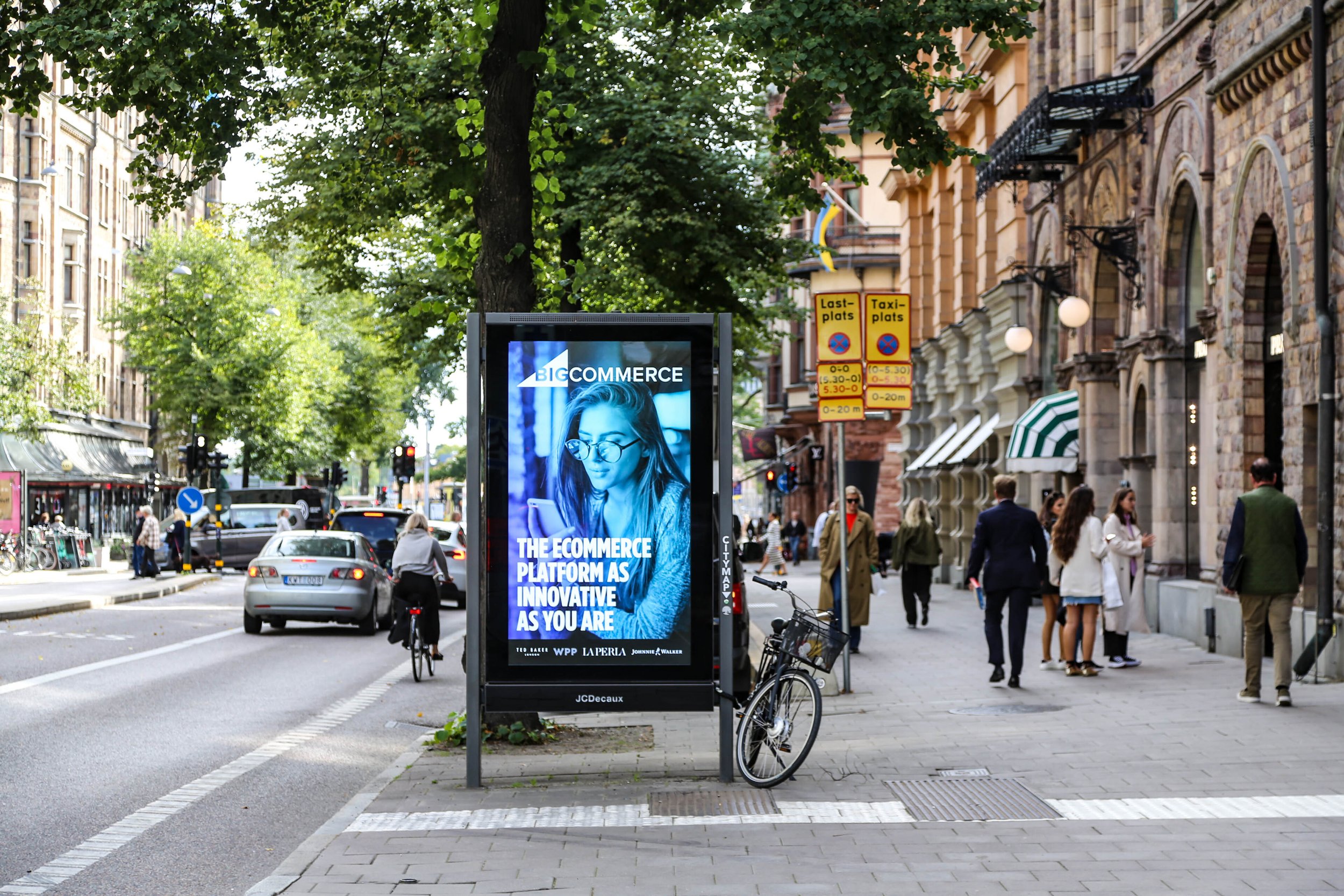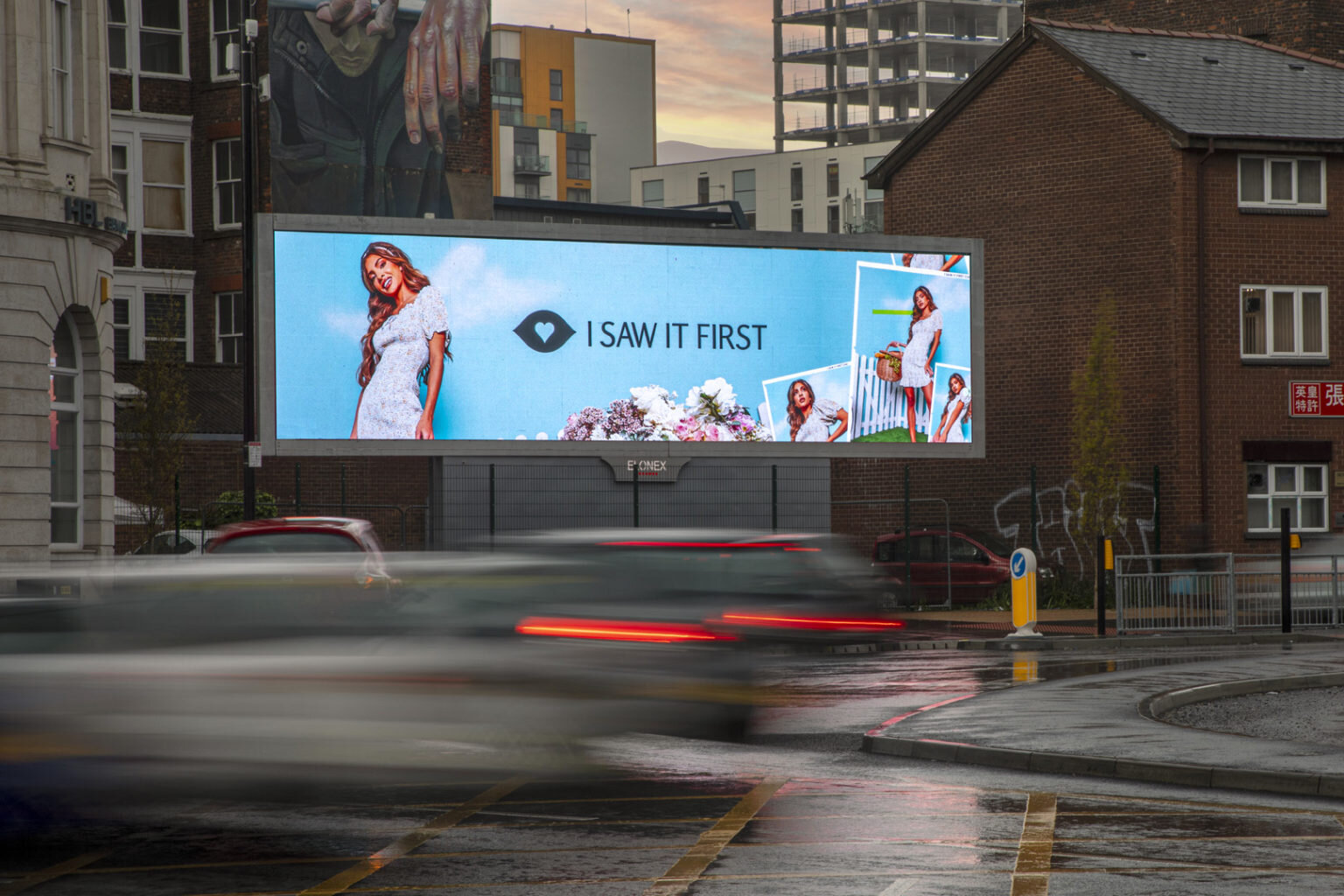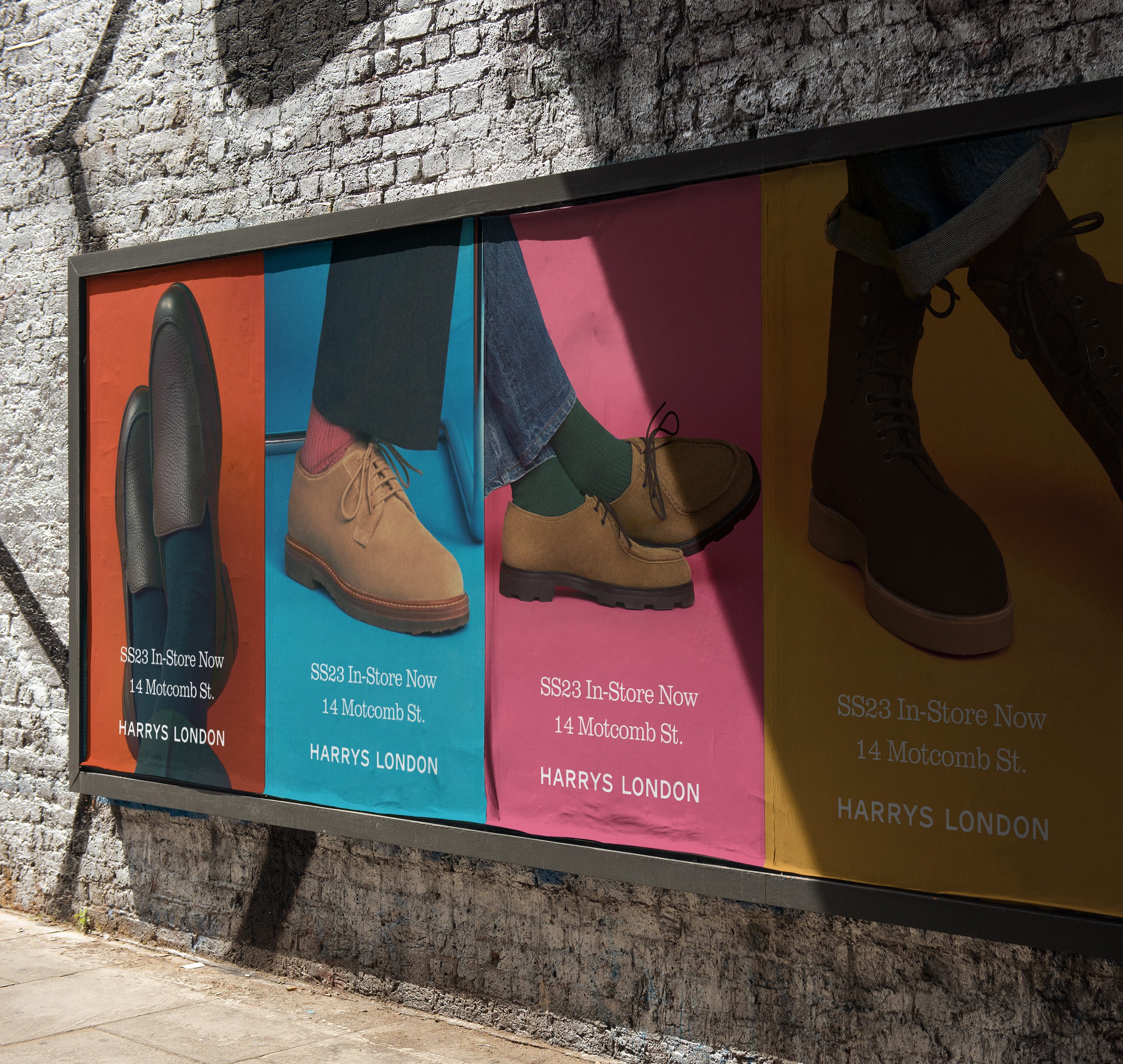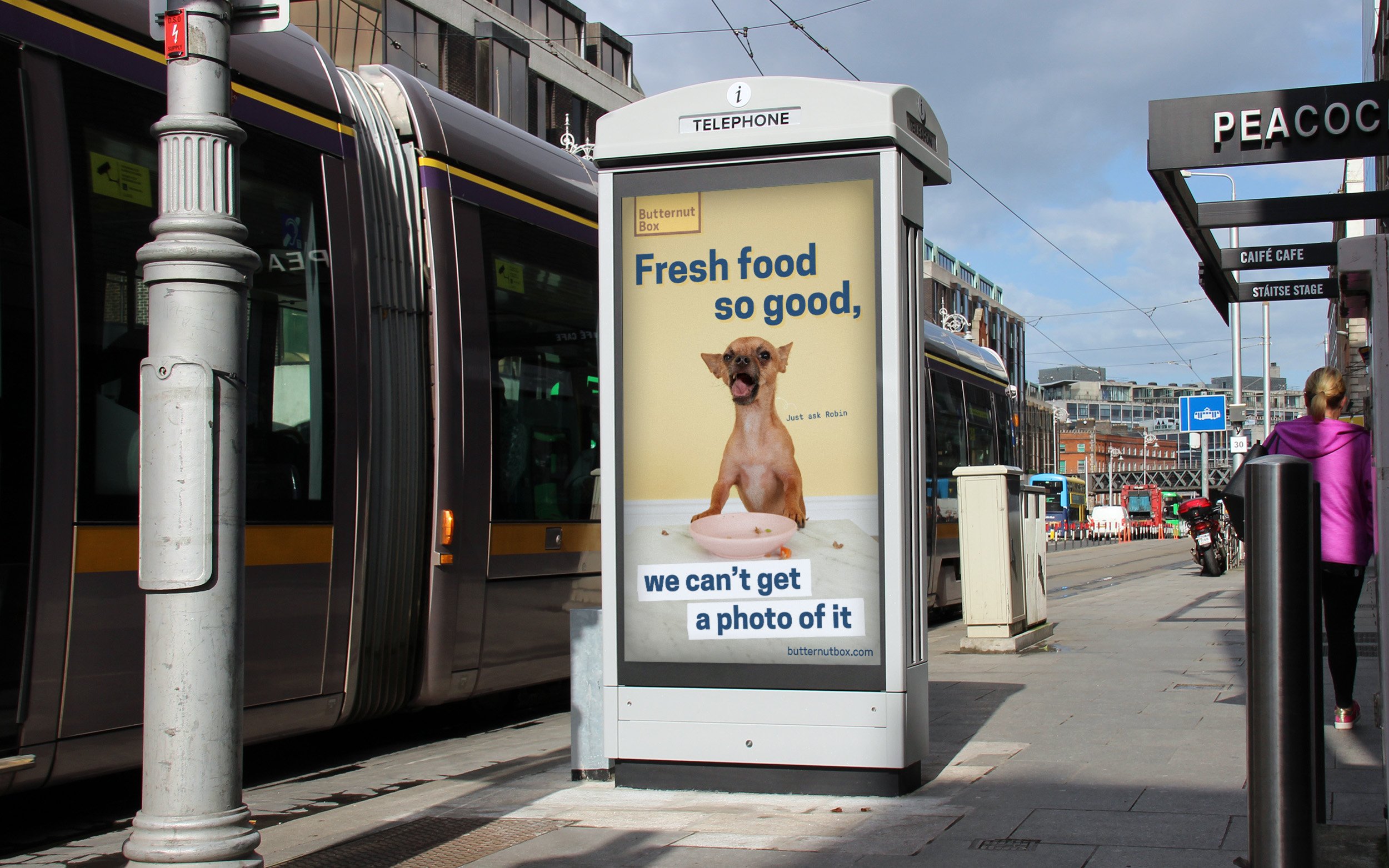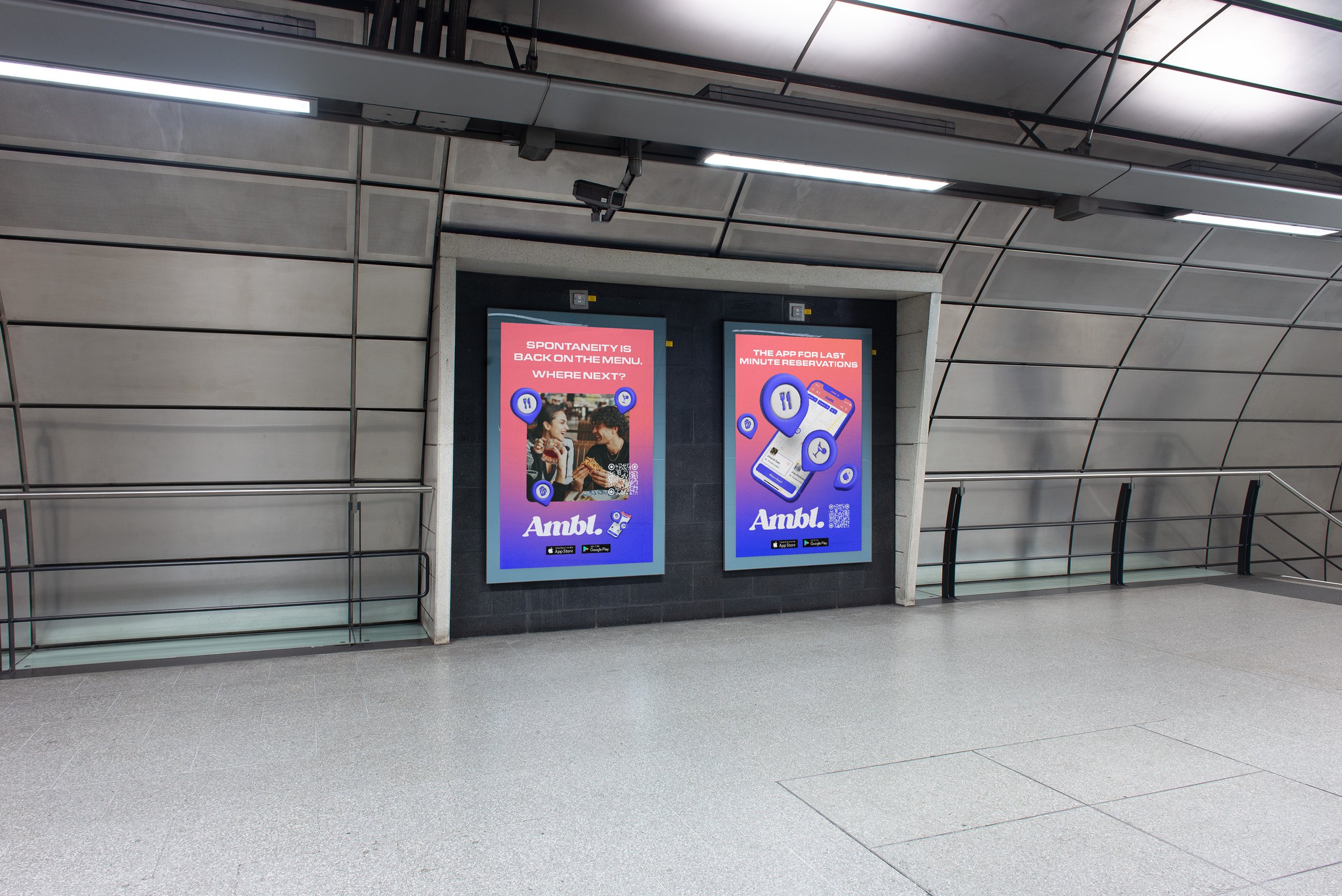Roadside Advertising Options, Regulations and Benefits.
Roadside advertising is an excellent way to capture maximum impressions, showcasing your advertising and promotions to vast audiences of motorists, commuters, public transport passengers and pedestrians.
These types of adverts are viewed by as many as 89% of the population and can be coordinated with other out-of-home promotions and digital marketing campaigns to augment brand recognition.
Whether you are keen to display your brand messaging on a classic roadside billboard, would like prime positioning close to a major through-route or motorway, or are keen on street-level roadside advertising in the heart of Manchester or London, One Day can assist.
Today, we're looking at the various types of graphic displays available to UK businesses, the rules you may need to be aware of in terms of placements and permissions, and the advantages of using roadside promotions as part of your marketing strategy.
Types of Roadside Advertising
The first consideration when planning any campaign is the types of ads and locations that make the most sense. For example, if your target demographic is a professional businessperson, and you have a growing client base in London, street-level marketing aimed at places with high commuter footfall might be ideal.
Conversely, if you specialise in products or services for families or students, you might opt for large-scale traditional billboards with high-volume traffic to showcase your messaging to motorists or prefer an unconventional, eye-catching mural.
Roadside Advertising - Paper Billboard.
High-Visibility Billboards
Billboards have long been a successful form of roadside advertising since the size and scale of these spaces mean you can deliver clear offers and branding to a potentially vast audience. Static displays can be used for short-term or ongoing promotions and have a uniquely wide reach.
Another option is to utilise digital billboards, which incorporate LED technology to create moving, dynamic displays. They can often be adjusted on demand to correspond with foot traffic, views, the weather, or time of day.
Digital roadside billboards are flexible and can display any colours, graphics, or content you wish. You can also make remote updates to the text or images displayed, often on a revolving basis, making a full takeover a possible solution.
Roadside Transport Advertising - Bus Stop Advertising.
Public Transport Roadside Advertising
There are an equally diverse number of ways to use roadside advertising in and around public transport networks to advertise to a large audience. Some of the advertising packages and media placements we offer include:
Bus advertising, uses vinyl wraps, supersides and T-bar promotions to take full advantage of the visibility and elevated height of buses, often traversing high-density areas that are restricted to other traffic.
Bus stop advertising, such as Adshels and digital revolving displays, captures attention when commuters have extended dwell time. These placements are popular for brands looking to advertise in urban and heavily populated areas.
Taxi advertising is another great option. With various placements on the exterior and interior, you can display your brand on an iconic black cab that will travel throughout your chosen location.
While there are myriad other placements and opportunities within public transport, this summary provides a snapshot of the options you might wish to select from.
Wall Mural Advertising
Wall Mural Advertising
Using street furniture and the landscape itself as a backdrop for a promotion can be very effective, with murals often transforming the appearance of a pedestrian area, walkway, or underpass into a place of interest.
Large-scale murals can be funny, comedic, and thought-provoking. They are particularly useful in generating brand engagement and loyalty in localised audiences when professionally completed murals act as entertainment and enhance the aesthetic of the immediate background.
Likewise, brands use murals alongside conventional billboards to convey a sense of familiarity, using the crossover with street art to communicate their values, stories or messages.
Understanding Rules and Regulations Around Roadside Advertising
Any outdoor advertising, whether a roadside billboard, a bus shelter promotion or a moving digital ad on the side of a building or shopping centre, must adhere to relevant rules that can potentially limit the size of promotion you can display or the types of content considered appropriate.
If your roadside advertisements meet all of these criteria, it is unlikely you will need planning permission, consent or formal approval:
Promotions displayed on an advertisement placement intended for this purpose are usually allowed without consent—although that may change if you opt for a super-size billboard. Kiosks, billboards, or posters that act as purpose-designed advertising spaces are usually allowed.
Adverts in specific locations, such as an enclosed area such as a courtyard or forecourt, contained within a fence or inside a building and not immediately visible through a main entranceway, do not require permission.
Roadside adverts that promote a service or product being sold or made available on the same premises are also normally permitted since local authorities don’t require consent to advertise the trade you are carrying on.
However, very large billboards and other roadside adverts that do not meet these criteria could potentially need permission—including the classic 48-sheet and 96-sheet billboards, which are among the most popular options.
A lot depends on the locality since roadside ads most often fall under the remit of National Highways and the local planning office. If you need any further guidance about roadside advertising regulations or would like tailored support managing a specific campaign you have in mind, please get in touch with One Day at any time.
The Benefits of Roadside Advertising for Business Brands
Planning permission aside, the benefits of roadside advertising are compelling, especially when messaging is displayed on highly visible billboards that stick in the viewer's mind and have the potential to advertise to enormous numbers of people.
Here are a few scenarios in which we’d suggest roadside advertising:
Looking to gain maximum impressions with as large an audience as possible in the quickest possible time – roadside ads are often seen by vast numbers of people when positioned in prominent places in front of motorists, pedestrians, commuters and passengers.
Creating advertising in a public space that is impossible to ignore. The size of a roadside advert ensures you can augment the visibility and memorable nature of your outdoor graphics, making the best of the space available.
Reinforcing brand recognition and awareness. Roadside promotions reach large audiences every day and work incredibly well at repeating brand exposure when you simultaneously use digital and other OOH promotions to cement knowledge of your business.
Please get in touch if you'd like more detail about the information we've discussed, whether you'd like to enquire about media placements and roadside ads in prime positions or look at the competitive advantages a cross-channel campaign could bring.

